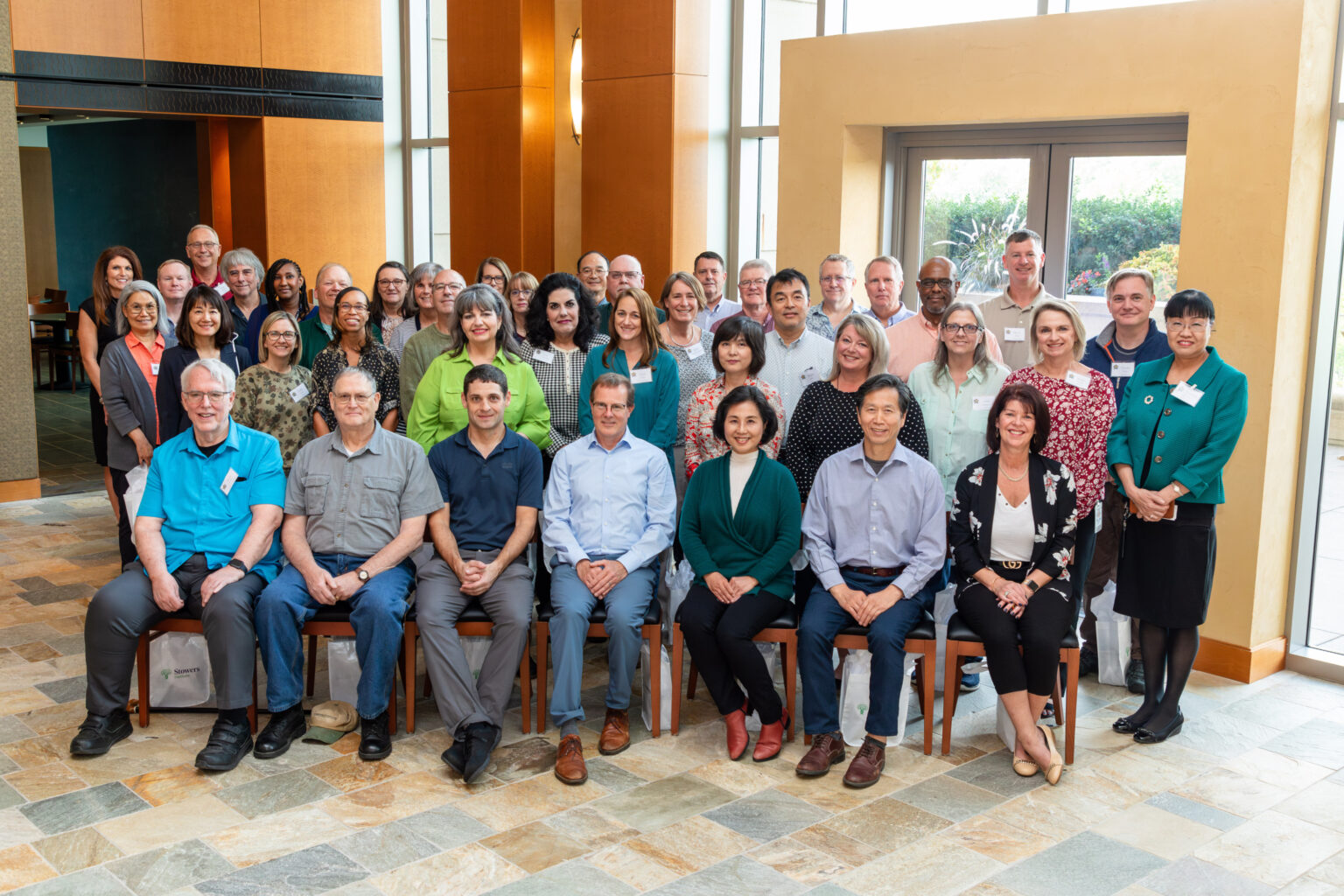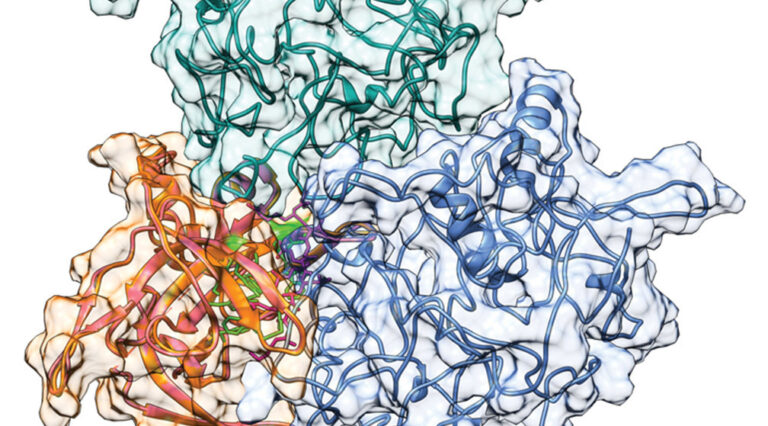The Workman Lab studies how large protein complexes modify chromatin and control gene expression in yeast, fruit flies, and mammalian cells. Studying the mechanism of, and mutations in these protein complexes offers insight into human health and disease.
The human DNA code is three billion letters long. To squeeze into the tiny nucleus of each cell, every 200 letters or so the DNA wraps around protein balls, called histones, resembling beads on a string. The necklace then gets folded and compressed many times over, ultimately forming finger-like chromosomes.
Workman was among the first to discover histones, which are essential for packaging DNA with chromatin, a component of chromosomes, and are crucial for regulating gene expression. He additionally pioneered the concept of “transcription co-activators,” and his lab has uncovered various large protein complexes that modify gene expression by causing histones to either loosen or tighten their grip on DNA, leaving it open to enzymes that can efficiently read its code and turn on genes.
The lab also focuses on how signaling, metabolism, and chromatin regulate information contained in the DNA sequence and feedback to cellular events. Workman has shown how chromatin-modifying complexes influence RNA regulation. Mutations in these and other complexes have been implicated in cancer and other diseases.








